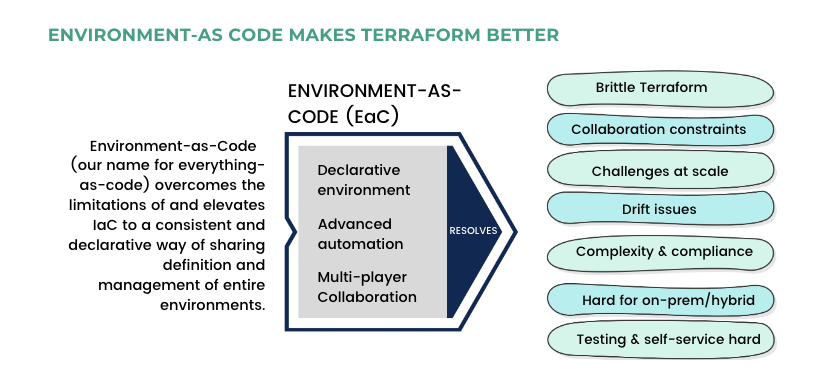Deploying fast and furious: automating drift detection and remediation.
/4.png?width=200&name=4.png)
Imagine the scenario. You and your team have been working hard to get a new product into production, testing it thoroughly and making sure it’s secure, reliable and performant.
Your application passes from test to staging with flying colours but, as soon as you push to production, the errors start flooding in.
Why? Drift. *shakes fist*
There are several reasons why test and production environments can drift apart:
- Configuration differences: The test environment may have different configurations than the production environment.
- Version differences: The test environment may have a different version of software or hardware than the production environment.
- Resource differences: The test environment may have different resources (such as CPU, memory, or storage) than the production environment.
- Human error: Changes made by humans in one environment may not be replicated in the other environment.
- Data differences: The test environment may have different data than the production environment.
And, as technology environments become more and more complex, the chances of one or all of these things happening, and therefore of drift occurring, increases exponentially.
The further along the road to production drift occurs, the higher the impact. Couple this with CI/CD pipelines deploying new code several times a day and remediating drift becomes an urgent priority.
Auto-remediation for drift.
Environment-as-code enables auto-remediation for drift. It helps you to automate environment maintenance and be confident that your test and prod environments are continuously consistent.
How?
In Cloudsoft AMP, which is powered by environment-as-code principles, you can detect when drift has occurred and effect a policy to automatically apply those configuration changes to the relevant environment.
The benefit of auto-detecting and remediating drift is that it helps you to avoid production errors caused by drift, and helps to ensure your product is as reliable as your tests proved it to be.
Can’t I just use Terraform?
Terraform detects drift, right? Right! But only for the resources it manages - and only when you ask it to.
You need to go beyond this, to auto-detection and remediation. AMP can automatically detect and remediate drift across your complex hybrid IT ecosystem, whether it's on-prem, in the cloud or in a containerised solution.

Why automating drift detection and remediation is important for SRE.
- Reliability: SREs are responsible for the reliability of applications - and so ensuring that test, staging and prod are consistent goes a long way to achieving that goal.
- Toil reduction: SREs also prioritise automation to reduce toil. Manually identifying and remediating drift in complex environments is time consuming. For some teams, toil can be all-consuming, so automating drift remediation can significantly reduce toil.
- Improved customer experience: whether internal or external customers, ensuring products are released on-time and that they work as intended is key to customer experience.
Want to learn more about automating all aspects of reliability with AMP?
